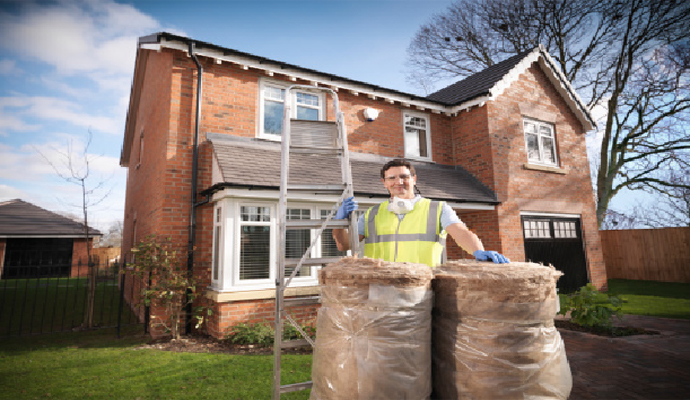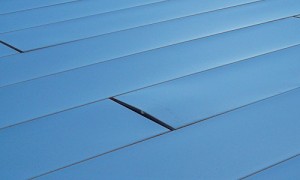Insulation Wraps your Home in Comfort and Efficiency
Nothing gets people hotter under the collar than paying outrageous power bills just trying to keep the temperature in their home livable. When it comes to comfort and energy efficiency, insulation plays a key role.
Nothing gets people hotter under the collar than paying outrageous power bills just to keep the temperature in their home livable. When it comes to comfort and energy efficiency, insulation plays a key role. Without this component, there’s literally nothing standing between climactic conditions and their effects on your home’s thermostat readings. What performance grades and products should you consider so your home can take the Las Vegas heat?
Four Ways to Fight Conduction
Heat is transferred three ways: conduction, convection, and radiation. Insulating products reduce all three modes of transfer; however, they primarily focus on stopping the conduction of heat by blocking open cavities within a structural framework. Materials take the form of fiberglass rolls, loose pellets, rigid foam, or blown foam.
The Value of “R”
The measurement for insulation is calculated as an R-value, which grades the insulation’s ability to reduce the rate of heat flow under specific conditions. The higher the R-value, the greater the effectiveness of the product. According to Energy Star guidelines from the U.S. Department of Energy, recommended grades of insulation for southern Nevada are as follows:
- Attics: R30-R60
- Walls/Cavities: R13-R15
- Floors: R19-R25
- Cathedral Ceiling: R30-R60
In extreme heat climates like Las Vegas, the DOE also recommends supplementing the attic with some type of radiant barrier. Radiant barriers help block up to 97 percent of the heat entering through your roof. Barrier products come as aluminum foil-like sheeting, which gets stapled to the underside of the roof, or as spray-on silver coating, which is also applied attic-side beneath the roof.
A Whole House Approach
Windows should be Low-E (low emissivity) for heat. Look for Energy Star qualified models. Insulating your garage door interior, or even the entire garage, has a huge impact on energy efficiency. Regardless of outside conditions, this helps to keep the living space above or behind more temperate. Use weather stripping, caulking, and other types of barriers for sealing off leaks around windows, doors, and joints of your home.
According to Green Building Advisor, the Energy Star Thermal Bypass Checklist cites a number of areas commonly overlooked at installation time, such as exterior walls behind tub/shower units, skylight shaft walls, interior soffits, and exterior walls above porch ceilings. Consulting the checklist will help you button up your house in all the right places.
Making sure you properly install insulation in accordance with recommended guidelines means you can enjoy your Las Vegas home all year round with cost efficiency – no sweat!
[cf]skyword_tracking_tag[/cf]




